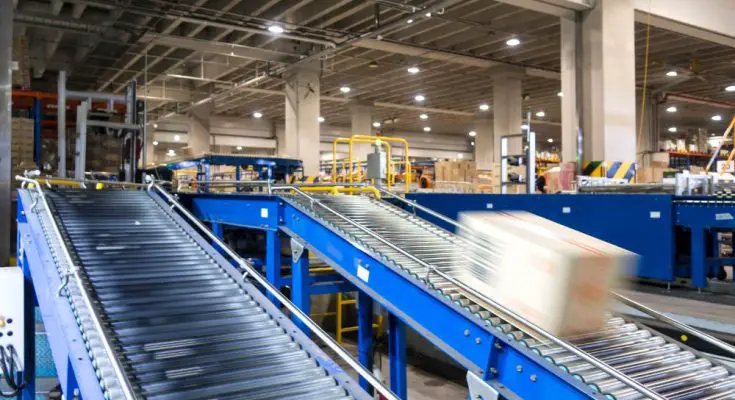Are you in a business that relies on conveyor systems to transport a plethora of different items, products, or materials? If so, it’s essential that you know and understand the different types of conveyor belts used in commercial applications.
Roller Bed Belts
When you think of conveyor belts, a roller bed belt is perhaps what you imagine. These systems consist of a solid-material belt and support rollers that help guide the belt in the desired direction. You’ll find this type of belt across many industries, especially general manufacturing and packaging. These systems are even used at the airport and for rotary sushi bars! The roller components reduce friction, making these belts best suited for transportation over long distances.
Sanitary and Washdown Belts
Not all conveyor belts are designed to transport boxes and heavy equipment—some are responsible for moving food and beverages! And due to strict health and safety regulations within these industries, sanitary belt systems are required. Sanitary and washdown belts are capable of transporting food and beverage items even in extreme temperatures, such as out of a furnace or freezer. These belts are also better suited for handling grease and liquid, which is an issue for more mechanical belts. Most importantly, sanitary and washdown belts are the easiest belts to clean quickly.
Cleated Belts
Cleated conveyor belts are very distinctive looking, as they feature vertical barriers along the belt that are designed to hold loose materials. Common applications for a cleated conveyor belt include agricultural and pharmaceutical manufacturing. These belts are adjustable and work great for vertical conveying. In fact, an elevator belt is a type of cleated belt that’s specifically designed for conveying up steep inclines.
Rough Surface Belts
“Rough surface belts” is a general term that refers to any belt that features a more rugged surface. These belts are extremely important for vertical applications, as they’re better suited for transportation either up or down. Unlike cleated belts, rough surface belts are more used for moving solid materials and objects, as opposed to looser items like seeds or pills.
Understanding the different types of conveyor belts is extremely important, seeing as these machines and systems are used in countless industries. By having this information, you can better choose the right conveyor belt for you and your business.



